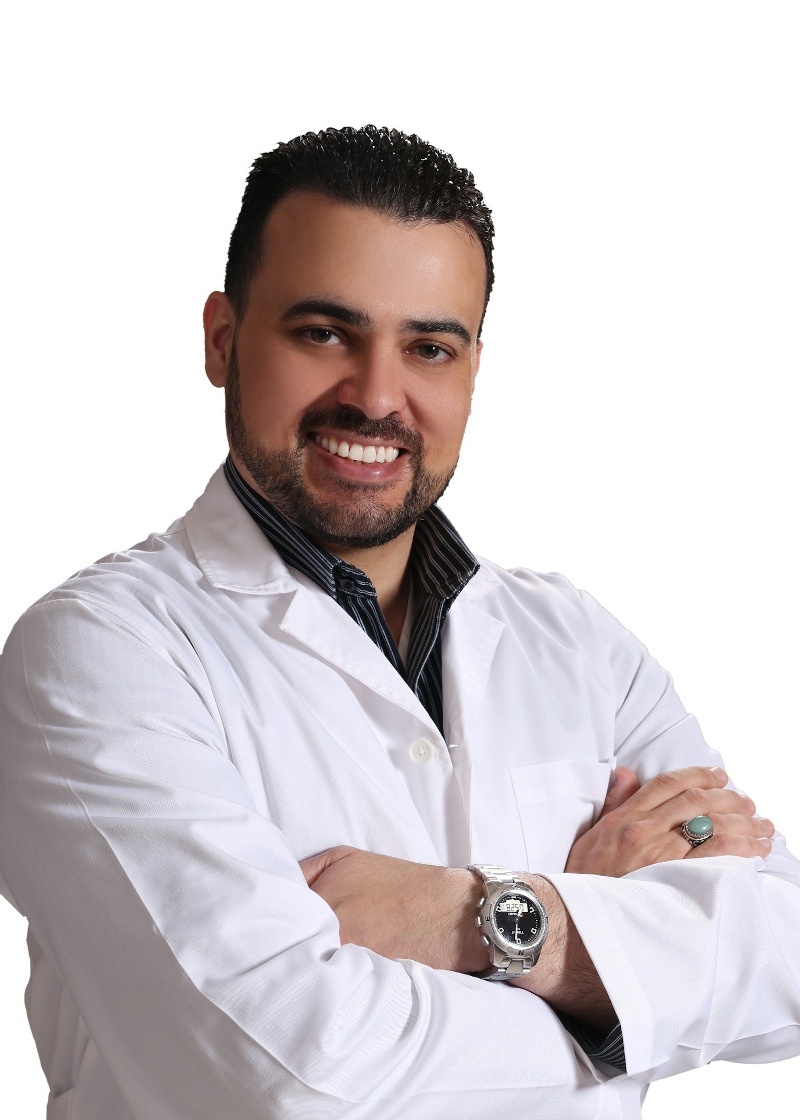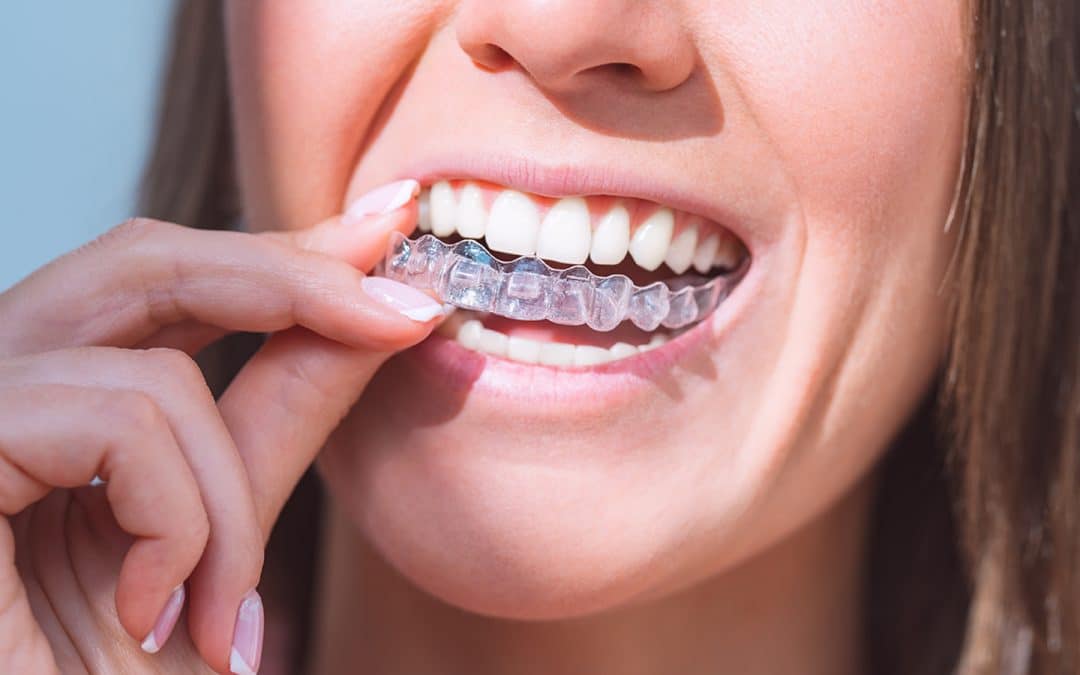Clear aligners and traditional braces are two popular orthodontic treatment options that aim to correct misaligned teeth and bite issues. Clear aligners are a type of orthodontic treatment that utilizes a series of custom-made, transparent plastic trays to shift your teeth into proper alignment gradually. These aligners are typically made from a durable and virtually invisible material. Traditional braces are made of several components, including brackets, archwires, and elastics. This orthodontic treatment option has been widely used for many years and is highly effective in correcting complex issues.
Purpose of Clear Aligners and Traditional Braces
Clear aligners and traditional braces serve specific purposes in orthodontic treatment. Both options are designed to address various dental issues and improve oral health.
- Correcting Misaligned Teeth – One of the primary purposes of clear aligners and traditional braces is to correct misaligned teeth. Misalignment can manifest as overcrowding, gaps between teeth, or crooked teeth. These issues not only affect the appearance of your smile but can also impact your oral health.
- Addressing Bite Issues – Both clear aligners and traditional braces are suitable for addressing bite issues. Bite problems occur when the upper and lower jaws do not meet correctly. Common bite issues include overbite, underbite, crossbite, and open bite. By addressing these issues, orthodontic treatment can improve chewing functionality and oral health.
- Improving Overall Oral Health – Both clear aligners and traditional braces improve overall oral health. When teeth are properly aligned, oral hygiene becomes easier, reducing the risk of dental issues such as cavities, gum disease, and tooth decay.
Benefits of Clear Aligners
Aesthetics and Discreetness
Clear aligners are virtually invisible when worn, making them a popular choice for those who wish to maintain a natural appearance during treatment. The aligners are transparent and blend seamlessly with your teeth, allowing you to smile and speak confidently throughout the orthodontic process.
Removability and Convenience
Clear aligners are removable, providing flexibility and convenience in your daily life. You can easily remove the aligners when eating, allowing you to enjoy all foods without dietary restrictions.
Comfort and Reduced Irritation
Clear aligners are custom-made to fit comfortably over your teeth. They are designed with smooth edges, minimizing the potential for irritation or discomfort often associated with traditional braces. The absence of brackets and wires reduces the likelihood of soft tissue injuries in the mouth.
Easier Oral Hygiene Maintenance
Proper oral hygiene during orthodontic treatment is essential, and clear aligners make it easier to keep your teeth clean. Since the aligners are removable, you can brush and floss your teeth without any obstruction.
Disadvantages
- Compliance and Responsibility – The success of clear aligner treatment depends on wearing the aligners consistently as prescribed by your dentist or orthodontist. It requires a high level of compliance and responsibility on the part of the patient.
- Limited Effectiveness for Complex Cases – Clear aligners may not be the ideal choice for severe orthodontic issues or complex cases that require extensive tooth movement or jaw alignment.
- Possible Discomfort During Aligner Changes – As your teeth progress through the aligner series, you may experience temporary discomfort or soreness during each new aligner change.
Benefits of Braces
Effectiveness for Complex Orthodontic Cases
Metal Braces are highly effective in treating complex orthodontic cases. They can address severe misalignment, overcrowding, jaw discrepancies, and various bite issues with precision. Braces provide orthodontists with the ability to apply targeted forces and achieve optimal tooth and jaw alignment.
Precise Control and Targeted Tooth Movement
With the ability to adjust and tighten the archwires, orthodontists can guide each tooth’s position accurately, ensuring they align correctly within the dental arch. This level of control allows for comprehensive treatment, resulting in improved bite functionality and a well-aligned smile.
Disadvantages
- Visibility and Impact on Appearance – The metal brackets and wires are noticeable when smiling or speaking, which can be a consideration for individuals who prefer a more discreet orthodontic treatment.
- Potential Discomfort and Irritation – Braces may cause temporary discomfort and irritation, especially during the initial stages of treatment and after adjustments.
- Challenges in Oral Hygiene Maintenance – Proper oral hygiene with braces requires extra effort and attention. Specialized orthodontic brushes, floss threaders, and other tools are necessary to clean around the braces and ensure good oral hygiene effectively.
Orthodontic Treatment Options in McAllen, TX
Choosing the right orthodontic treatment option is a decision that should be based on individual needs and professional guidance. Each person’s orthodontic requirements and treatment goals are unique, and we encourage you to schedule a consultation at Senan Orthodontic Studios in McAllen, TX. During the consultation with Dr. Senan, you can learn more about the treatments available, the expected timeline, and any associated costs.
Dr. Senan K. Ziadeh
BDS DDS MScD DScD CAGS Ortho
ABO Diplomate
Dr. Senan Ziadeh, a board-certified orthodontist, brings over two decades of experience to his practice, Senan Orthodontic Studios, in McAllen, Texas. His illustrious career spans three continents, where he acquired a vast array of post-doctoral degrees, including a Doctorate of Science in Dentistry (DScD) and a Certificate of Advanced Graduate Studies in Orthodontics (CAGS), culminating in his recognition as a Diplomate by the American Board of Orthodontics (ABO). Alongside his professional accomplishments, Dr. Ziadeh is a dedicated family man, enjoying diverse activities from traveling to music.


